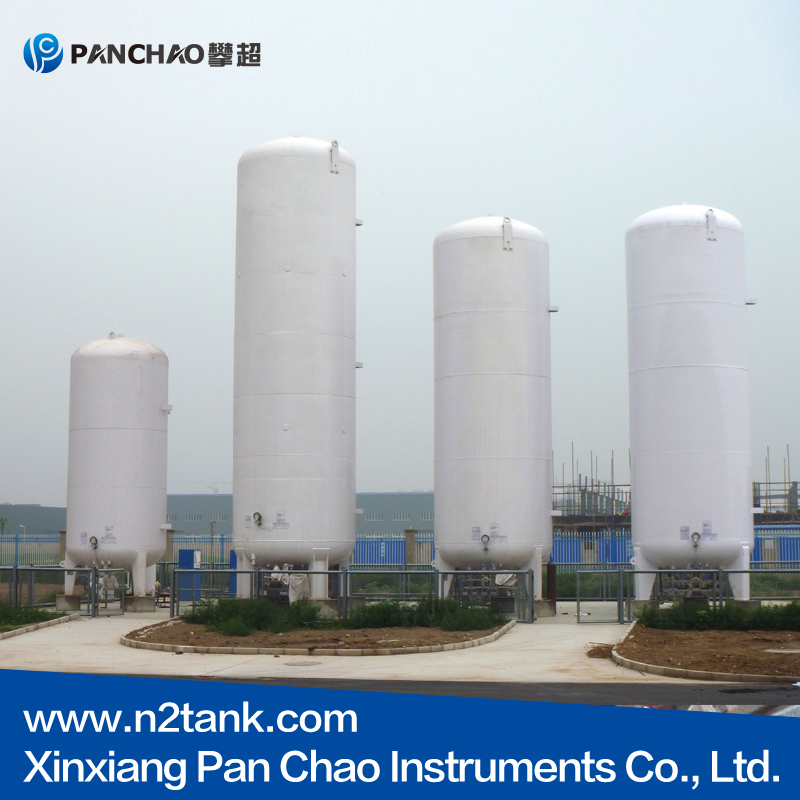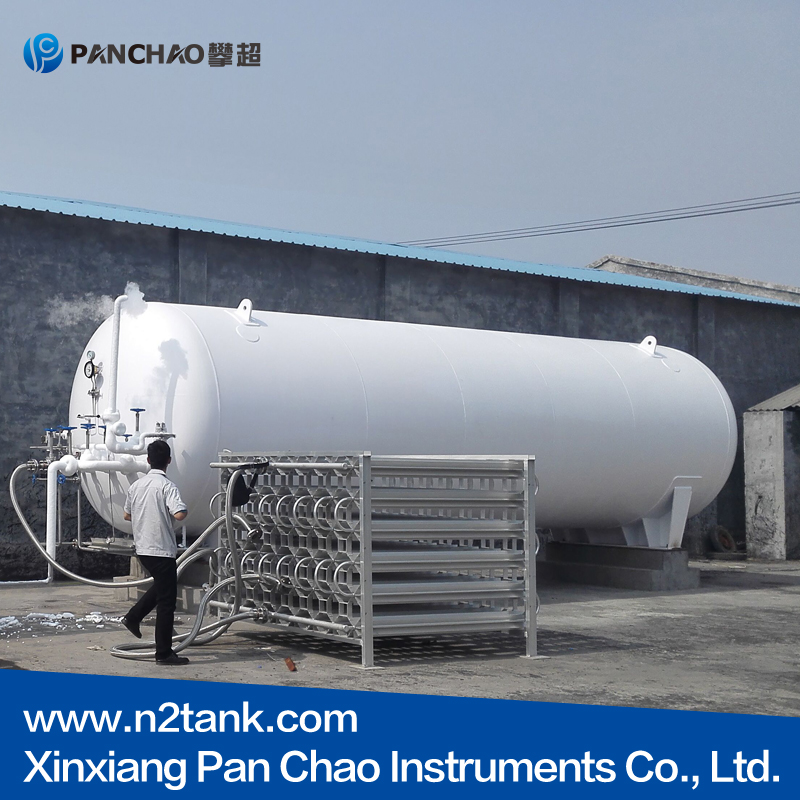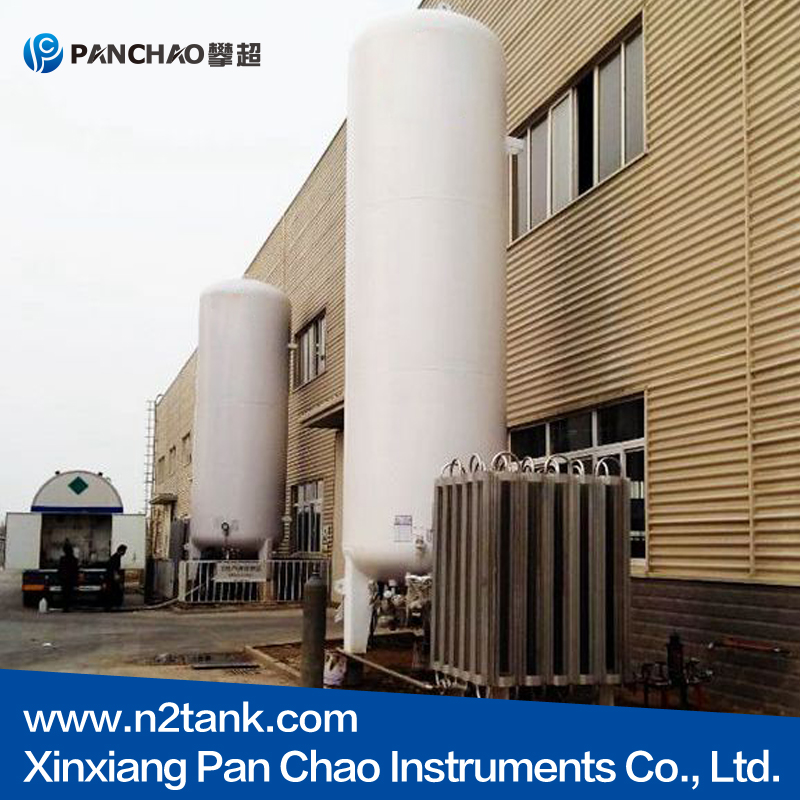The choice of material is a critical factor in the design and performance of liquid nitrogen (LN₂) tanks. Among the most common materials, aluminum alloy and stainless steel stand out, each offering distinct advantages suited for different applications. Understanding their differences helps users choose the right tank for their needs.
1. Weight and Portability
Aluminum alloy tanks are lightweight, making them ideal for portable use such as biological sample transport or fieldwork. In contrast, stainless steel tanks are significantly heavier, but their robustness makes them more suitable for stationary or industrial applications.
2. Thermal Performance
Aluminum has excellent thermal conductivity, allowing rapid temperature equilibrium and efficient insulation when paired with vacuum technology. Stainless steel, while less conductive, offers superior structural integrity under prolonged exposure to cryogenic temperatures.
3. Corrosion and Durability
Stainless steel excels in corrosion resistance, especially in humid or chemically active environments. Aluminum tanks, however, may develop surface oxidation over time, though high-grade anodized coatings can greatly improve their durability.
4. Maintenance and Cost
Aluminum alloy tanks are typically easier to handle and maintain, with lower manufacturing and transportation costs. Stainless steel models are more expensive but provide a longer lifespan and better protection in demanding conditions.
5. Application Scenarios
For medical, laboratory, and livestock cryogenic storage, aluminum tanks offer flexibility and ease of use. For industrial production, chemical plants, or long-term storage systems, stainless steel tanks are preferred for their strength and reliability.
Conclusion
Choosing between aluminum alloy and stainless steel depends on balancing weight, durability, and environmental demands. Aluminum ensures convenience and efficiency, while stainless steel delivers unmatched endurance and protection—each material excelling in its own field of cryogenic application.







